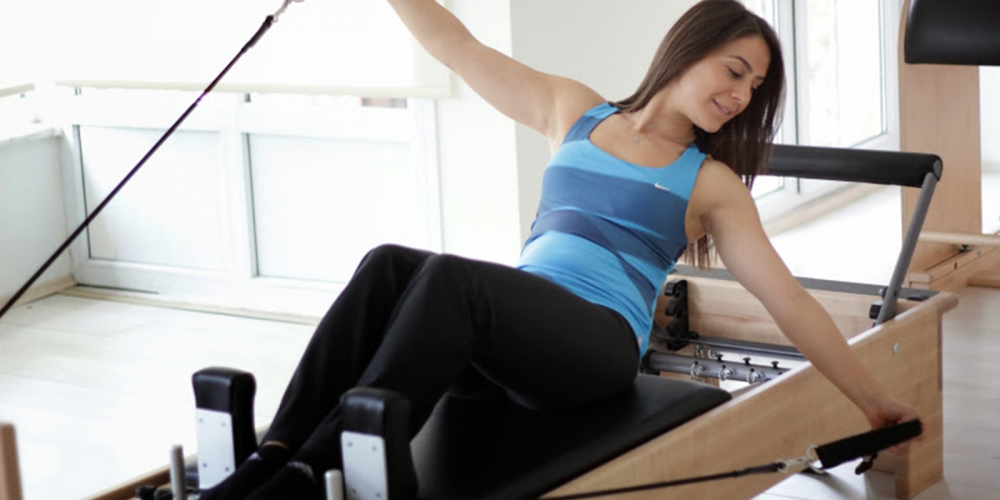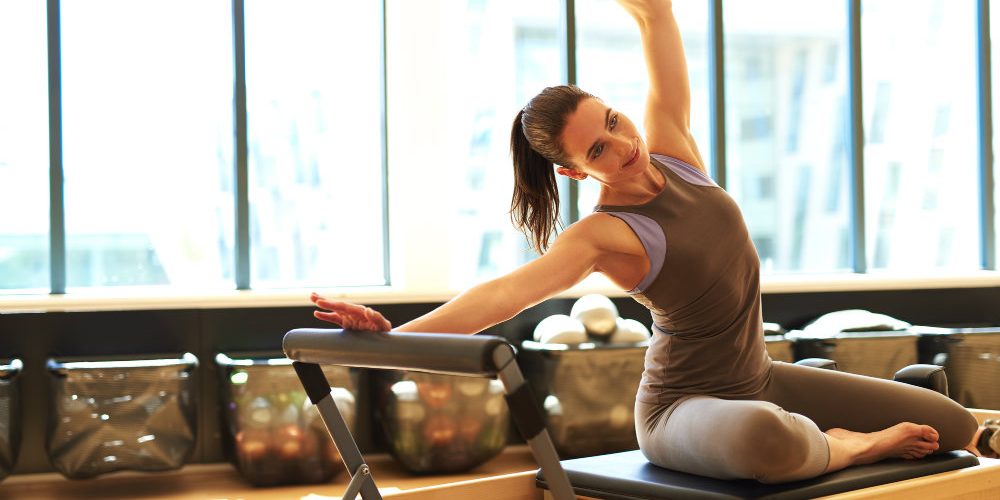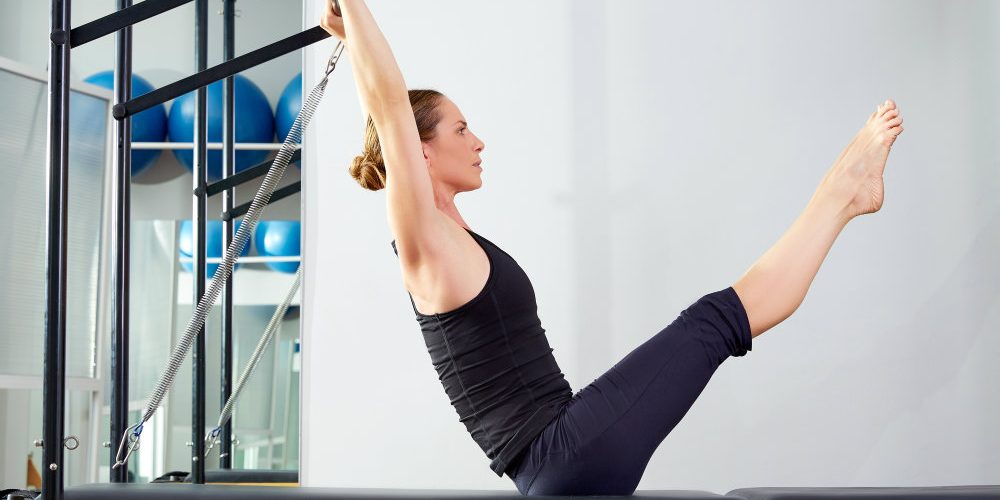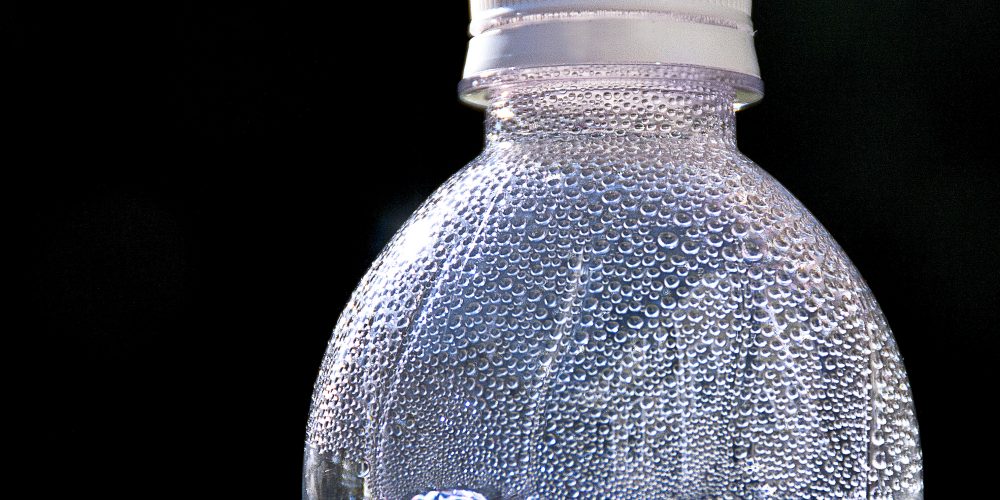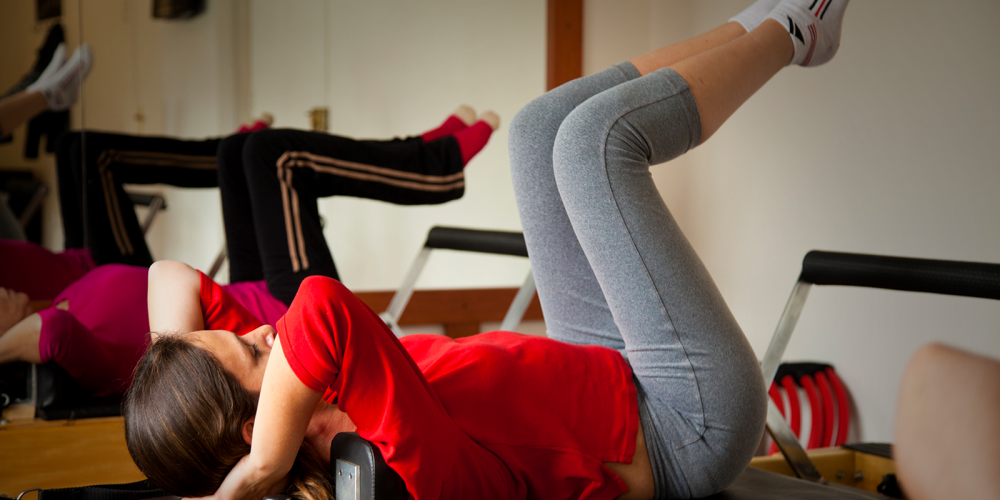What is Pilates?
Pilates is a method developed by the German Joseph Pilates. The training consists of strengthening all the body muscles. The technique, in addition to strengthening, helps to improve posture, flexibility and balance.
The practice mixes martial arts moves, yoga and other exercises. The aim is not the quantity but the quality and what these movements can provide, and this is one of the reasons it is used in therapies. Besides the physical aspect, Pilates is also a great ally of mental equilibrium. By providing welfare, it helps in quality of life and hence a happiest day to day.
What are the benefits of Pilates?
There are many benefits. The regular practice promotes self-satisfaction and some other numerous advantages. Let’s see:
Stress and anxiety combat
Stress and anxiety are some of the problems that Pilates can treat. As Yoga, it works breathing sequences linked to concentration. These movements promote relaxation and breath awareness. In addition, the body releases substances, such as serotonin, which causes an well-being and tranquility feeling.
Muscle strengthening
The exercises performed during classes are responsible for strengthening the internal muscles, known as intrinsic. They are responsible to define posture and trunk stabilization and all their movements as well. Once worked out, the muscles get stronger, reducing damages in this body region.
Flexibility
When performing the exercises, you will gradually feel that the body is much more flexible and fit for any other activity. The muscle stretching provides flexibility, relaxation and prevents future injuries as well. Thus the importance of always being in motion.
Concentration
To maintain concentration during Pilates classes is the key for good development. The person, who finds it easy to focus, can be more likely to progress within the practice. To those who do not concentrate so easily, the method is a good alternative to improve attention, including to daily activities.
What are the methods of Pilates?
You can choose to practice Pilates in two ways: with or without equipment. Both methods have advantages; they help to correct the posture and are employed in various treatments. The main difference between them is that, on the ground, the body’s own power is used to perform the movements; in the second one, the participant performs the exercises with the help of devices, such as springs. The cool thing is that you can choose either of them, but it is important to remember that before starting the classes you need to consult a specialist if you have any injury.
Who can practice Pilates?
Who said there are settled age or gender to do what one likes? A great number of young and elderly is seeking for satisfaction, both physical and mental, and Pilates may help to find this pleasure. Pregnant women and people in rehabilitation can also practice it, but it is necessary to obtain and follow the physician´s recommended guidance.
Can I practice Pilates at home?
No need to spend too much money and not even wasting time going to a gym. Did you know that just having a computer or tablet you can practice Pilates at home? The technology helps a lot when it comes to quality of life. You can buy an online course and carry out the practice in the place and time of your choice.
The first tip is to choose the method that suits you better and separate a special space at your home. Buy a mat, wear comfortable clothes and start your classes. During the course you will feel all the benefits of Pilates.
Do you want to know more about the practice? Check pilates courses at NAMU Courses platform and get started today. When purchasing any course, all taught by professionals, you have the freedom to choose the time and place for the performance. You are also entitled to supplementary material, containing accurate information about the practice and about all postures worked out during classes.
